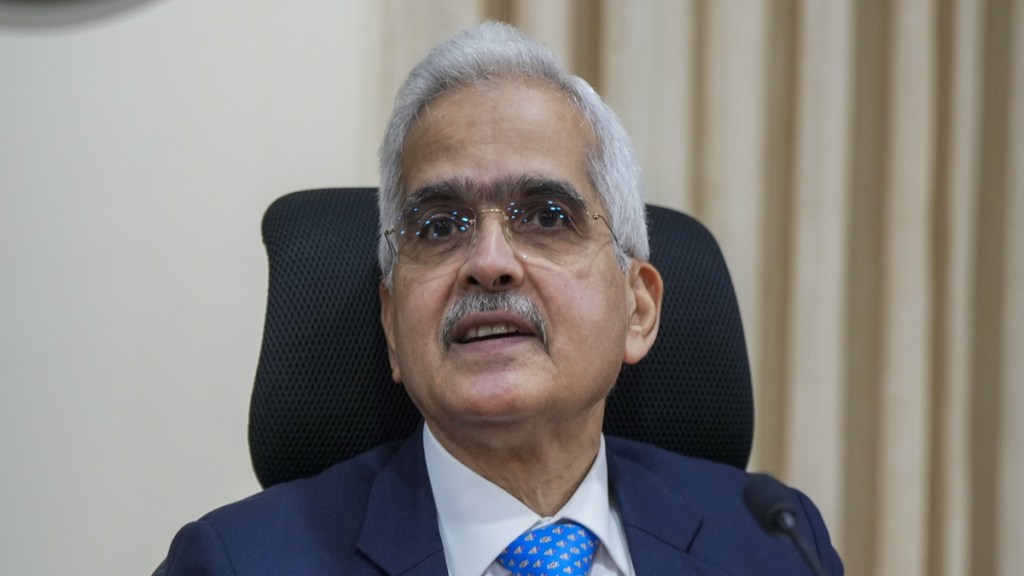The Reserve Bank of India (RBI) Governor Shaktikanta Das expressed concern over high growth of ‘top-up’ housing loans, saying that regulatory prescriptions relating to loan to value (LTV) ratio, risk weights and monitoring of end use of funds are not being strictly adhered to by “certain entities” in this regard.
Announcing the third bi-monthly monetary policy for the current financial year, Das said, “Home equity loans, or top-up housing loans as they are called in India, which have been growing at a brisk pace. Banks and NBFCs have also been offering top-up loans on other collateralised loans like gold loans. It is noticed that the regulatory prescriptions relating to loan to value (LTV) ratio, risk weights and monitoring of end use of funds are not being strictly adhered to by certain entities. I repeat certain entities. Such practices may lead to loaned funds being deployed in unproductive segments or for speculative purposes. Banks and NBFCs would, therefore, be well-advised to review such practices and take remedial action.”
Later, briefing media after the announcement of bi-monthly monetary policy review, Das said, “regulatory requirements in top-up housing loans are not being followed by certain entities and it is not a system-level problem.”
Anil Gupta, Senior Vice President and Co-Group Head – Financial Sector Ratings, ICRA Ltd, said, “With increased activity levels in the top-up loan segment, RBI’s caution to lenders on calibrating underwriting norms and closer monitoring of the end-use is a step in the right direction. Such loans not only raises concerns on overleveraging but, it also raises suspicion on the quality of such borrowers, as they may also use such top-up loans to service the existing loans.”
Raoul Kapoor, Co-CEO, Andromeda Sales and Distribution Pvt Ltd, said, “Typically, in the case of top-up loans, the end use is not defined. While these loans are often taken for specific purposes, such as house repairs and renovations, the loan amount is credited directly to the borrower’s account. This contrasts with home loans, where the loan amount is directly credited to the seller’s account.”
“The RBI’s concern is valid, as using top-up loans for investments in volatile assets like equities or other speculative investments can be very risky for borrowers and increase the chances of default. This can also lead to an increase in non-performing assets (NPAs). Therefore, lenders should be very vigilant about the intended use of top-up loans and may need to establish a mechanism to ascertain the actual use of these loans once they are disbursed to the borrower,” Kapoor said.
Manju Yagnik, Vice Chairperson of Nahar Group and Senior VP, NAREDCO, Maharashtra, said, “The RBI’s decision to maintain a status quo on the repo rate for the ninth consecutive policy review is a testament to the stability and caution in India’s economic environment. This consistent approach is beneficial for homebuyers and house loan borrowers, as it keeps EMIs modest and borrowing costs predictable. The real estate sector will benefit from this stability, leading to increased sales and investments, and ultimately promoting economic growth.”
“The RBI’s commitment to balancing growth and inflation is commendable, and I believe this approach will boost market sentiment and stimulate long-term investment in the housing market. Additionally, the recent budget’s focus on affordable housing, sustainable living, and transparent rental housing markets aligns with the RBI’s stance, showcasing a cohesive approach to driving economic growth and improving the quality of life for urban residents,” Yagnik added.
